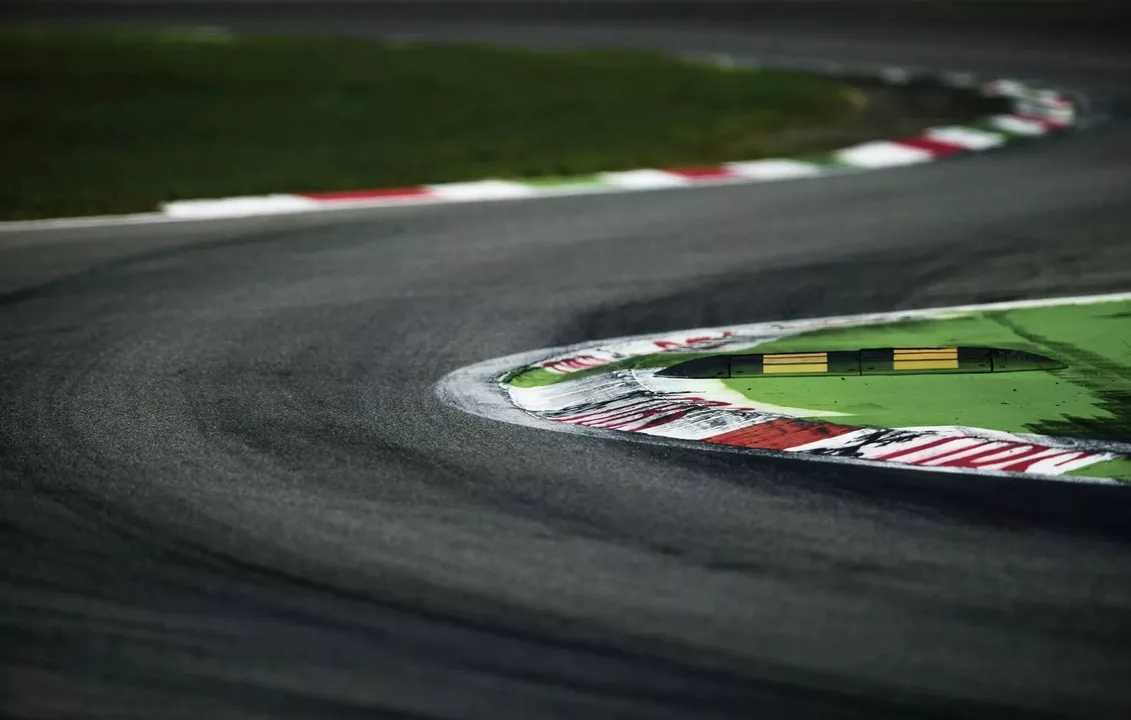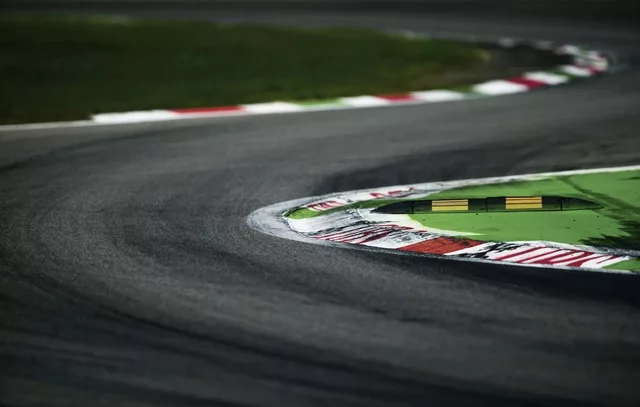Dogleg Explained: How This Track Feature Impacts Your Racing Performance
Ever been on a circuit where the straight suddenly bends a little before straightening out again? That’s a dogleg. It’s not just a random kink – it’s a design element that can make or break a lap. Understanding a dogleg helps you keep the car balanced, hit the apex, and carry speed onto the next straight.
What Is a Dogleg and Why It Matters
A dogleg is a short, angled section of a straight or a gentle corner that shifts the racing line sideways before returning to the original direction. Think of it like a quick “step‑to‑the‑side” in a dance move. On a high‑speed circuit, a dogleg can test your steering feel, suspension setup, and timing. Miss the entry or exit and you lose precious metres – sometimes enough to drop a position.
Most tracks use doglegs to add technical flair without slowing the cars too much. They’re common in touring car circuits, rally stages, and even some F1 layouts. Because the car is already near its top speed, the sideways motion forces you to manage lateral forces while still pressing the throttle.
Tips to Tackle Doglegs on the Track
1. Choose the right line early. Treat the dogleg like a tiny corner: aim for the inside of the entry, clip the apex, and let the car drift back to the outside as you straighten. Hitting the apex too late means you’ll have to fight the car back to the inside, losing time.
2. Stay smooth on the throttle. A sudden surge can upset the car’s balance, especially if the rear end is already sliding a bit. Feather the pedal, then gradually open up as the car straightens.
3. Watch your suspension. A stiff setup may feel stable on a straight but can become twitchy in a dogleg. Slightly softer rear springs let the car absorb the sideways push, keeping traction.
4. Use weight transfer. As you steer into the dogleg, a little brake before the turn shifts weight to the front, improving front grip. Release the brake smoothly and let the car rotate.
5. Practice the exit. The goal is to be fully aligned with the next straight as soon as the dogleg ends. A clean exit means you stay on the power band and can hit the following corner faster.
Every dogleg is different – some are shallow, others feel like a quick 90‑degree turn. The key is to treat each as a mini‑corner, not just a straight. Spend a few laps feeling the car’s reaction, adjust your line, and note where you lose speed.
In the end, mastering doglegs is about consistency. Keep your inputs predictable, trust the car’s balance, and you’ll see lap times drop without having to overhaul your whole setup.

What is the difference between a dogleg and a chicane?
A dogleg and chicane are both types of turns in a race track. A dogleg is a 90 degree turn that curves in one direction and then curves back in the opposite direction. A chicane is a series of alternating left and right turns, often with small straightaways in between. Both are used to slow down the cars and improve safety. Doglegs can also be used to create a more exciting track layout. Chicanes, however, are more frequently used on tracks where safety is of utmost importance.
View More



